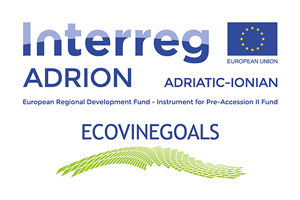The concept of High Nature Value (HNV) farming developed in the early 1990s as a consequence of expanding intensive agriculture and growing recognition that the conservation of biodiversity in Europe depends, among others, on the continuation of traditional low-intensity farming systems. The cornerstone of HNV farming, and indeed of European farmland biodiversity, are semi-natural pastures, meadows, and orchards, as well as peripheral semi-natural features such as large hedges and copses that provide habitats and an essential green infrastructure for wildlife.
Menu

